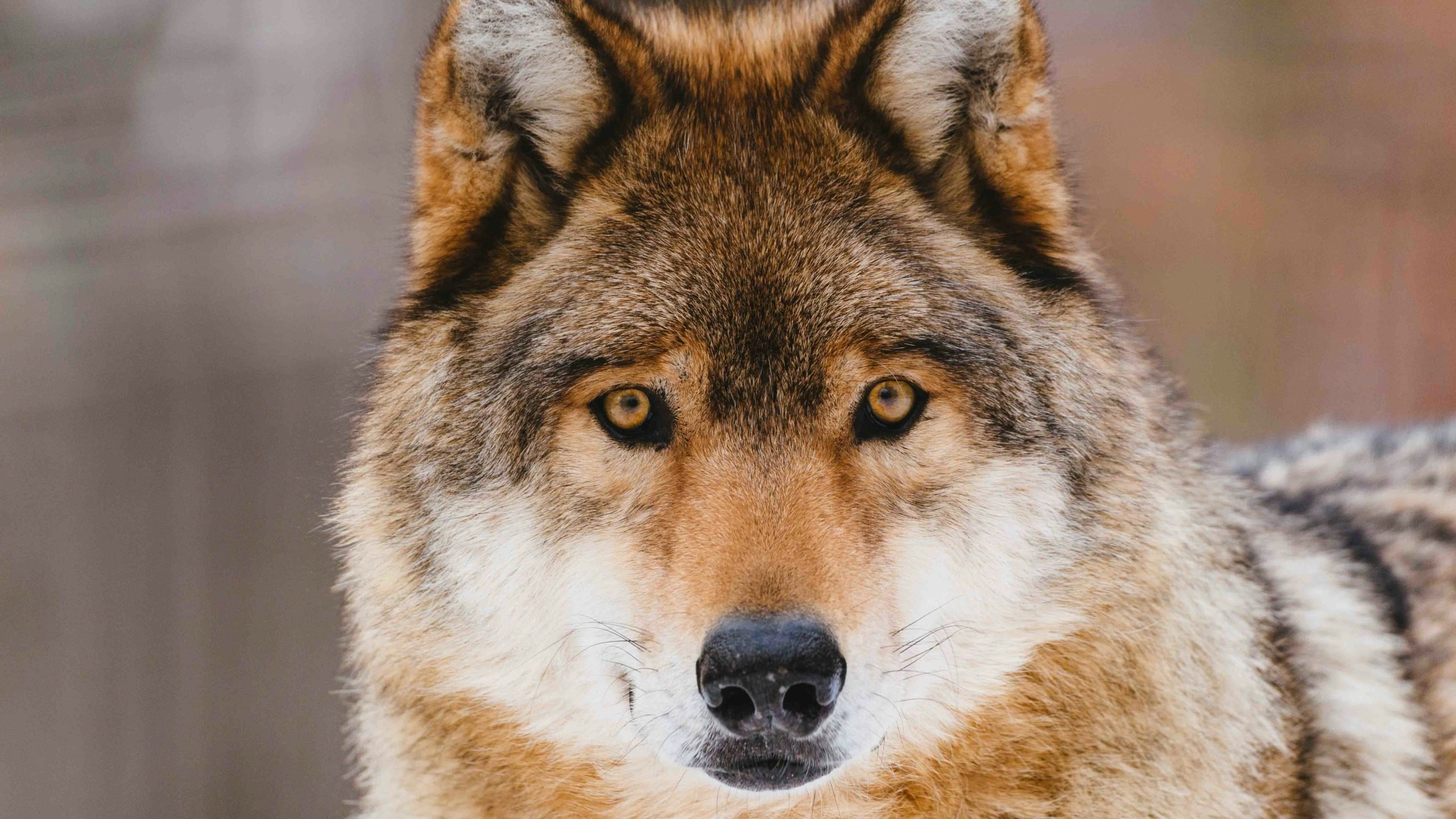Wyoming’s success in maintaining a healthy wolf population is due in part to hunting of the predators, according to a Wyoming Game and Fish Department report, but two wildlife advocacy groups disagree.
This week, the department released its annual wolf management and monitoring report, which showed that as of Dec. 31, there were at least 314 wolves in the state.
The department’s report noted that the hunting of wolves as an important management tool in managing the population. Thirty wolves were killed during the 2021 hunting season.
“Wyoming’s wolf hunting seasons and strategy has been an effective wolf management tool,” said Ken Mills, the department’s lead wolf biologist. “With hunting, the state has met our population objective for four consecutive years.”
Hunting also promotes disease control and helps reduce conflicts between wolves and livestock, according to department spokeswoman Sara DiRienzo.
“We also monitor wolves for genetic diversity — and we know our population in Wyoming is genetically diverse,” she said.
But Wyoming Wildlife Advocates Executive Director Kristin Combs told Cowboy State Daily on Tuesday that the state’s use of hunting in wolf management was heavy-handed and unnecessary.
“As we have now seen in Yellowstone, when a large percentage of wolves are killed by humans, pack sizes decrease and reproduction increases. Killing wolves leads to more wolves being born the next year,” she said. “Trying to maintain a status quo of around 160 wolves in the state with a total of about 300 wolves is manipulating their pack dynamics in ways that can lead to increases in conflicts with livestock.”
She added that the state was setting up a “wolf conveyor belt” and that more wolves would be killed in the future as the state tries to keep the animals sectioned off to only the northwestern corner of the state.
Combs said wolf hunting was not a long-term solution and questioned what data supported the claim of hunting promoting tolerance and co-existence between humans and wolves, as the Game and Fish Department has claimed.
“We should be aiming for nearly zero conflicts by allowing wolf packs to stabilize and using non-lethal techniques that have been proven to reduce conflicts,” she said. “Social science isn’t practiced by the WGFD and making broad sweeping statements that wolf killing leads to public tolerance without data to back it up is just providing assumptions, not facts.
“The WGFD states that wolf populations are kept steady by a hunting season, but do you know what else keeps wolf populations steady? No hunting of wolves,” she continued.
A spokeswoman for the Center for Biological Diversity, a nonprofit organization working to protect endangered animals, told Cowboy State Daily on Tuesday that wolves were too valuable to Wyoming and the northern Rockies’ wild places “to be needlessly gunned down.”
“We’re hopeful that the U.S. Fish and Wildlife Service will restore federal protections to wolves in Wyoming and across the northern Rockies,” said Collette Adkins, carnivore conservation director at the center. “Predictably, the (department’s) annual report shows that wolf-livestock conflicts increased in the area with the highest wolf killing. The science shows that killing wolves weakens packs, harms their ability target native ungulates and makes them more likely to attack livestock.”
In its report, the Game and Fish Department said 2021 marked the 20th consecutive year Wyoming’s gray wolf population remained above recovery criteria.
The report also said that wolves were confirmed to have killed or injured 109 head of livestock last year, 50 cattle, 53 sheep, five dogs and one horse. Thirty-two wolves were killed by the department in an effort to decrease livestock losses.
Combs argued that the number of cattle and sheep killed by wolves was small compared to Wyoming’s total livestock numbers. She added that the sheep killed by wolves were on public land grazing allotments.
“There are only a few producers who are losing livestock to wolves, it’s not a statewide systemic issue,” she said. “Wolf management should focus on providing these producers with financial resources and teaching them techniques that will minimize their losses while keeping wolves alive. In order to graze on public lands, there should also be a requirement for use of non-lethal conflict reduction methods before lethal removal is authorized.”
Earlier this year, a federal court restored endangered species protections for the gray wolf that were rolled back during former President Donald Trump’s administration, which included relisting the wolf as endangered, except in Wyoming, Idaho and Montana.
The Wyoming Game and Fish Department and Gov. Mark Gordon have argued against Wyoming’s gray wolves being relisted as endangered, noting the species is thriving in the state.





